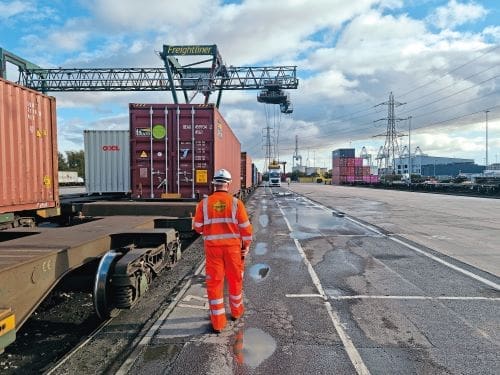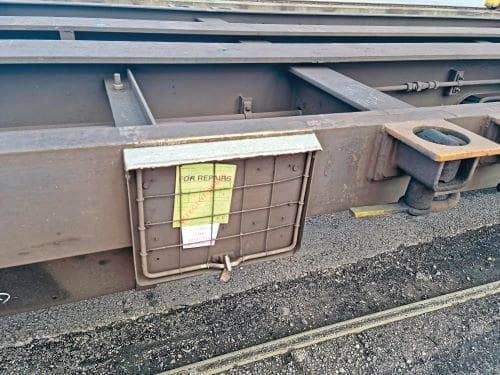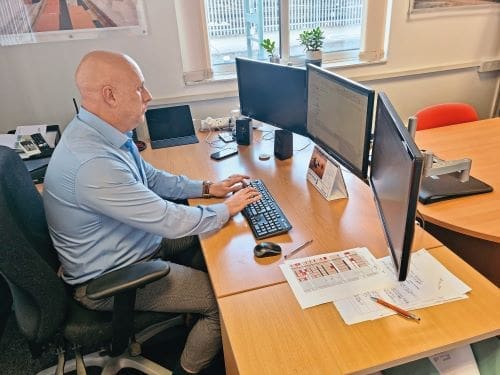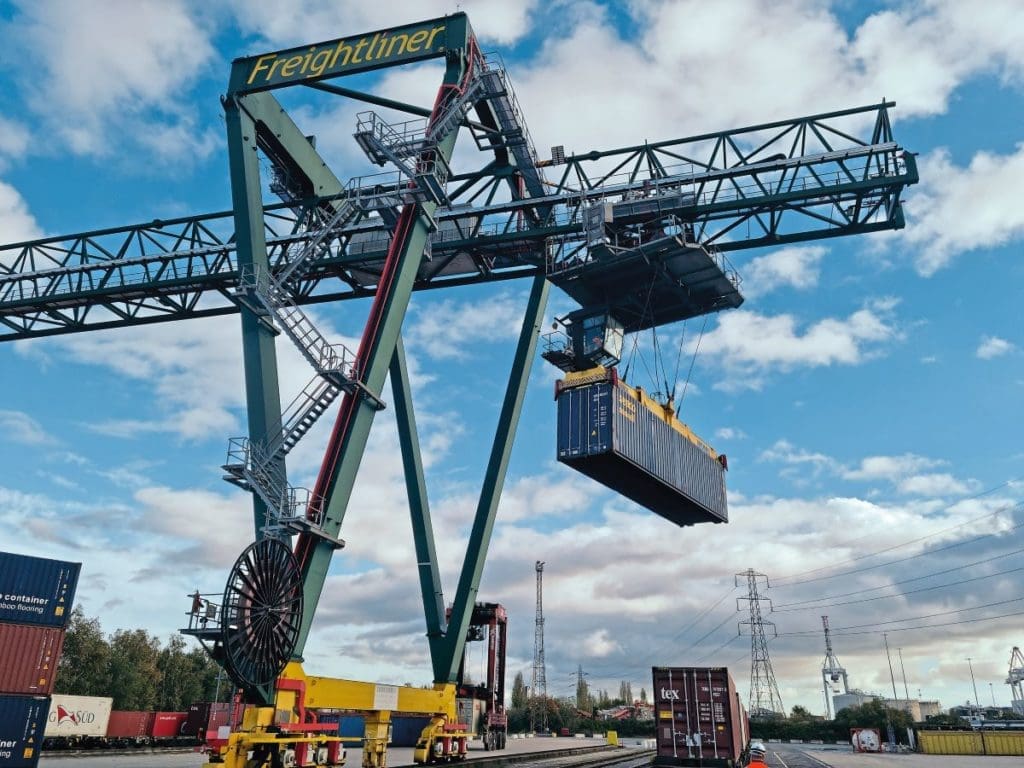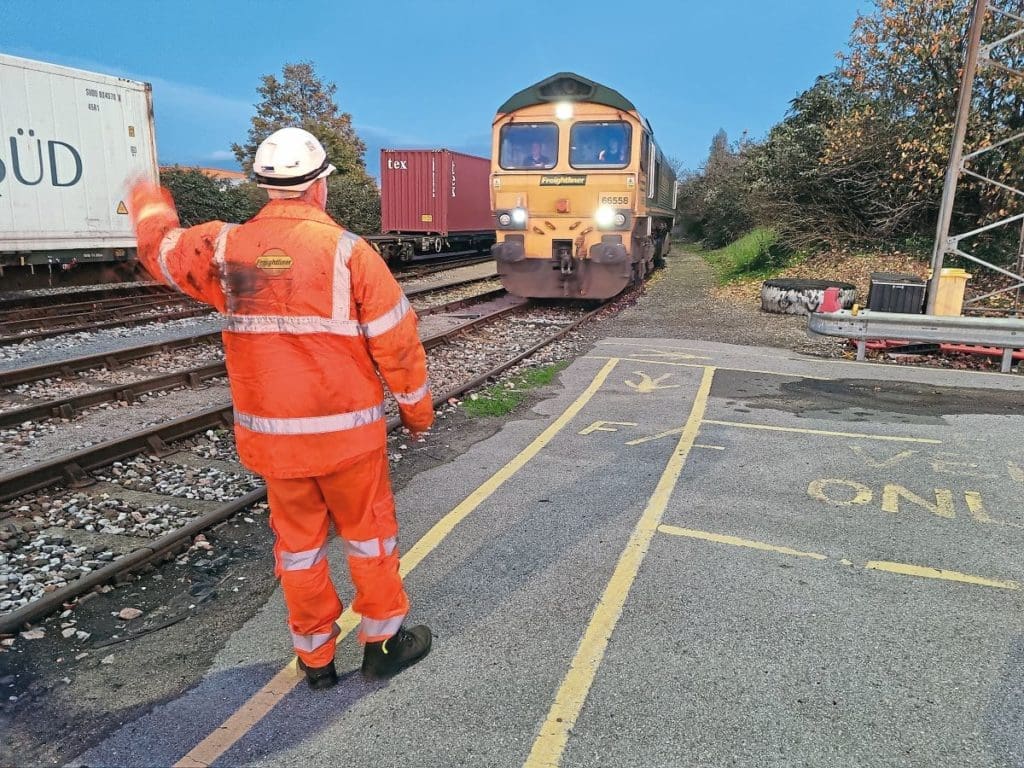To get an inside view of how a modern intermodal freight terminal operates, Rail Express was given exclusive all areas access at Freightliner’s Southampton Maritime Terminal for a full 12-hour day shift on November 17.

All text/images by Mark Simmons.
Regular readers of Bessie’s Bulletin will know that her home depot, Freightliner’s Southampton Maritime, reached its half century this year.
The 10-road rail terminal nestled into Southampton’s Western Docks sits next to the main line, with Redbridge to the west and Millbrook to the east, and the whole site, which is both owned and operated by Freightliner, extends to around 610,000 sq ft (equivalent to the area of nearly eight premier league football pitches).
Terminal manager Dan Prendergast, who has worked at Maritime for 15 years, looks after a team of 20 people on the 06.00-18.00 dayshift, who keep a constant flow of containers moving to/from the intermodal trains, normally hauled by Freightliner’s Class 66 and 70 locos.
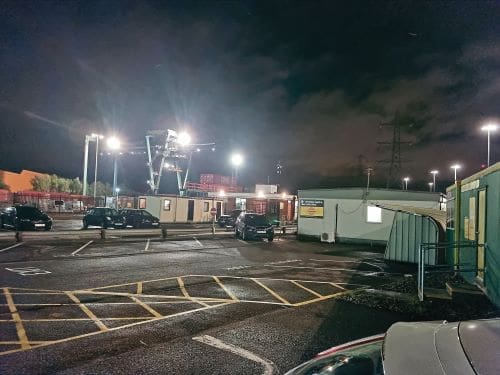

At the time of the Rail Express visit, around 10 trains were expected to arrive and depart the terminal each weekday. Two gantry cranes straddle a total of eight through roads (four either side of a central hard standing staging island, with two further sidings (Roads 9&10) used to store up to 25 wagons awaiting repair/maintenance, though on the day of RE’s visit around 70 wagons were awaiting the next available slot in the wagon repair facility. A fuelling and pit area for locos is located at the Redbridge end of the site, where a shed for wagon maintenance is also located.
Up to 700 containers are processed each day (in total Maritime processes 250,000 TEUs annually) and those for outbound trains (known as ‘imports’) are brought in by the hugely tall straddle carriers operated by subcontractor DP World, which pick up boxes brought in by inbound trains (‘exports’). The gantry cranes perform up to 30 lifts per hour, though average 18-20. Freightliner operations staff meticulously choreograph this continuous movement of containers moving on and off wagons, with each container tracked by its individual ID number.
The system is largely computerised, with specialised software displaying train formations on screens, down to individual wagon numbers and container IDs. The ops team based in the office located centrally in the Terminal ensure that boxes end up in the right places and that the crane and straddle crane operators (who have screens in their cabins) have a constant supply of boxes to move.
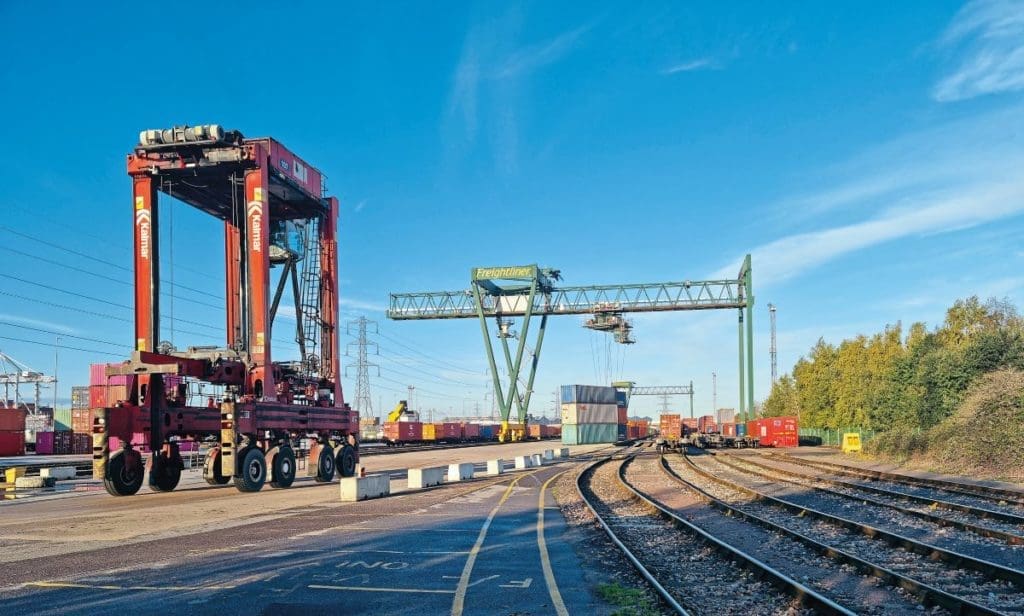
Trains can enter and exit the Terminal from either direction, but in the week of RE’s visit, inbound trains were routed in from Milbrook and outbound ones left towards Redbridge. Around 22 wagons can be serviced by the gantry cranes, but as most trains are longer (typically 36 wagons) they are often split on arrival, with half of the train shunted into an adjacent road. The process is reversed on departure. (A long-term aspiration is to extend the Terminal to avoid the need to split trains.)
A dedicated team of shunt drivers and shunters is available at all times to handle trains and move locos and wagons around the site. The loco maintenance area does not include a shed area, so while A, C and D exams are carried out on site, more complex maintenance is carried out at other Freightliner locations (such as Leeds Midland Road or Crewe Basford Hall). A team of 12 fitters works on both locos and wagons. Up to 15 locos pass through the fuel point every 24 hours, with the average 3500 litre fuel fill taking just over five minutes. The 100,000 litres of diesel fuel required each week is, ironically, delivered to Maritime by road tanker. Locos not requiring maintenance are typically turned round in approximately 45 minutes.
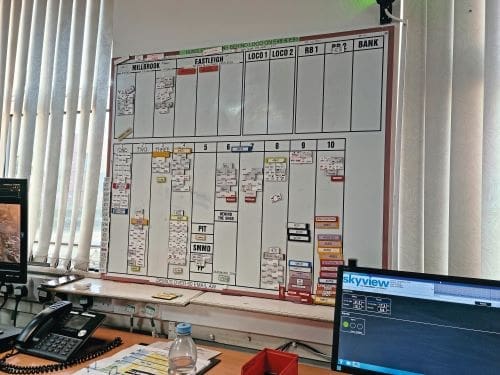
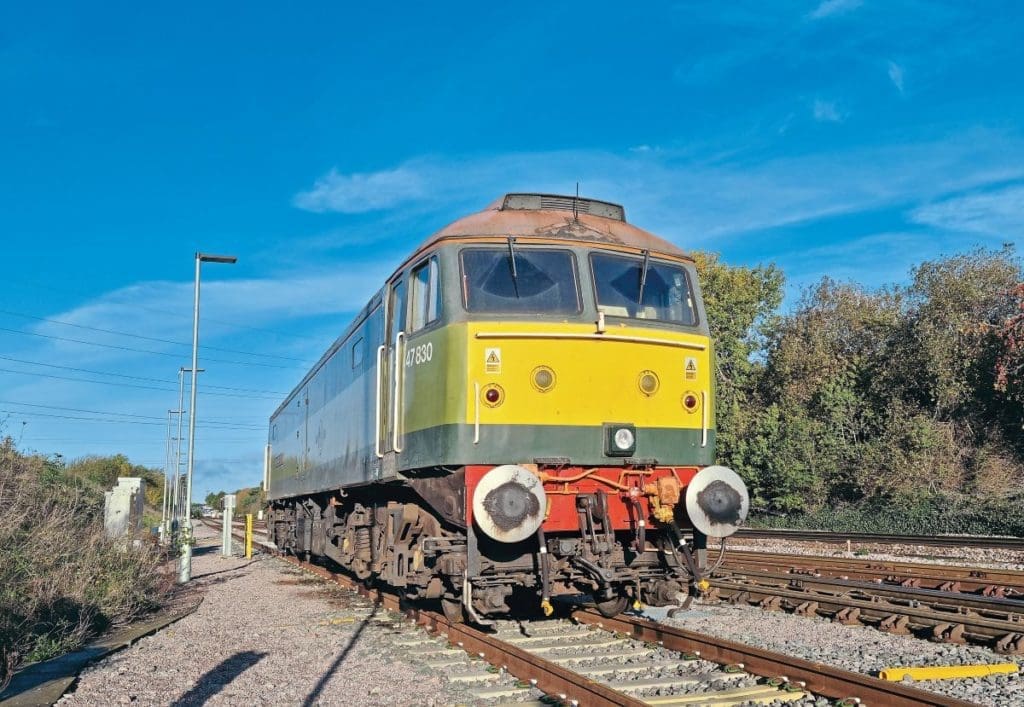
Incoming and outgoing trains are inspected by both the traffic (physical condition of wagons) and operations teams (correct loading of wagons, condition of containers). The teams’ activity is dictated by the arrival and departure of trains, with a group of morning trains moving from around 08.00 and afternoon trains between 14.00 and 16.00. Fitters maintain the wagons using a wide range of spares held on site, notably wheelsets from all of the major wagon types, which stretch away on a lengthy storage area on one edge of the Terminal. Around 178 are present in November, with capacity to store up to 300.
On our visit the first arrival of the day is 4O22, the 00.45 from Manchester Trafford Park FLT, which pulls in at 07.56 formed of 44 wagons, before it is split and unloading begins. By then many of the containers that will be back loaded onto the train are already waiting to be lifted onto the wagons.
Despite a high level of computerisation, some analogue processes remain. We join train dispatcher Tim as he prepares to inspect the 4M65 13.45 departure for Birmingham Lawley Street FLT.
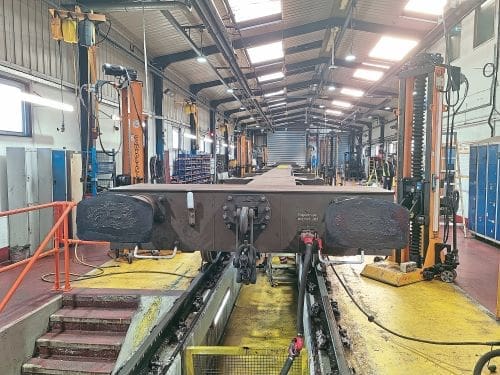
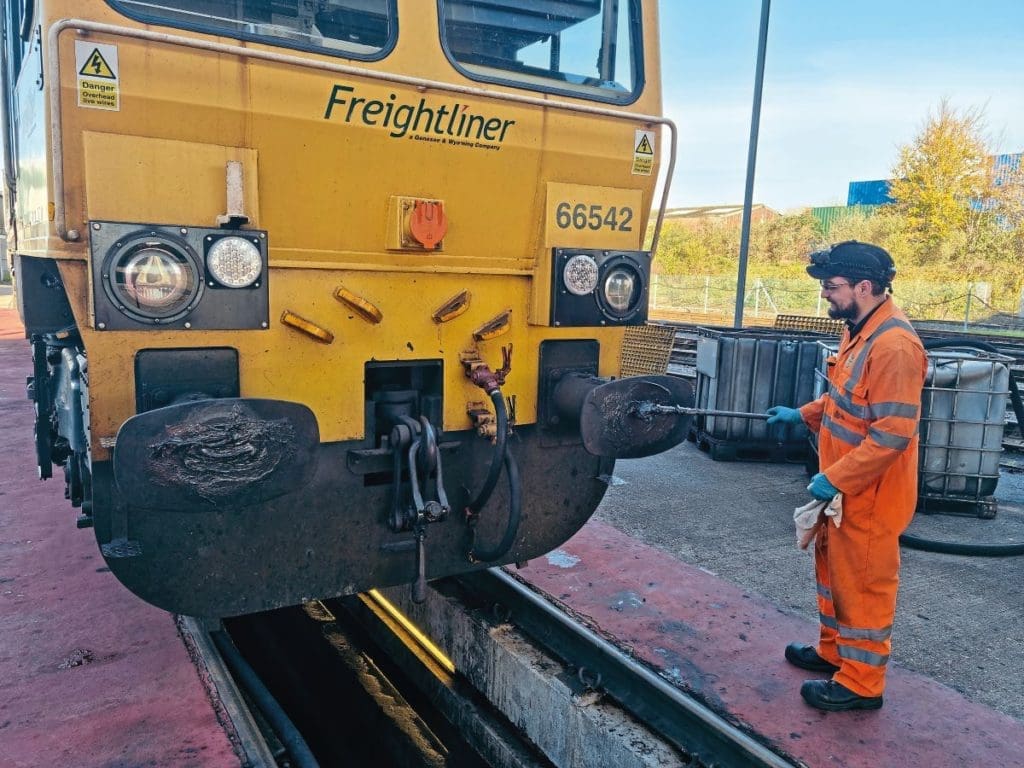
He has printed off the lists which detail every wagon and the container that should be loaded on it and we take these with us. Starting at one end of the first half we methodically check each wagon one side to ensure hand brakes are off, container numbers are correct and the boxes are properly seated in their spigots and couplers and brake pipes are securely connected. We then progress back down the other side, as Tim physically ticks off each wagon on the print-outs, noting any anomalies (there are none on this particular train) on the sheet.

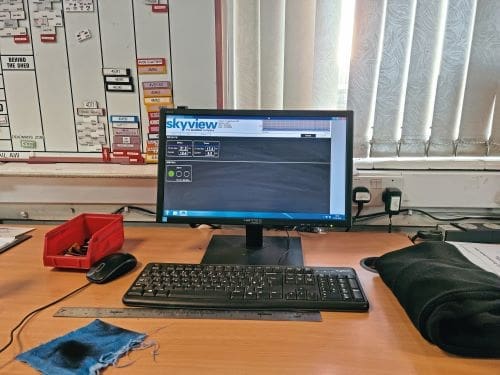

As we complete the inspection of the second portion, shunter Scott is already waiting with the train loco and first half of the train to join both together, ready for departure. Back in the office, Tim enters the train as inspected onto the system, ready for team manager Matt to dispatch it.
The last part of the day shift involves ensuring that trains and containers are in place ready for the night shift and that the Terminal is tidied up for the night. A replacement team arrives to repeat the process during the hours of darkness in a Terminal that never sleeps.
Rail Express would like to thank Terminal manager Dan Prendergast and all of the team at Southampton Maritime involved in this feature who gave freely of their time and knowledge.
